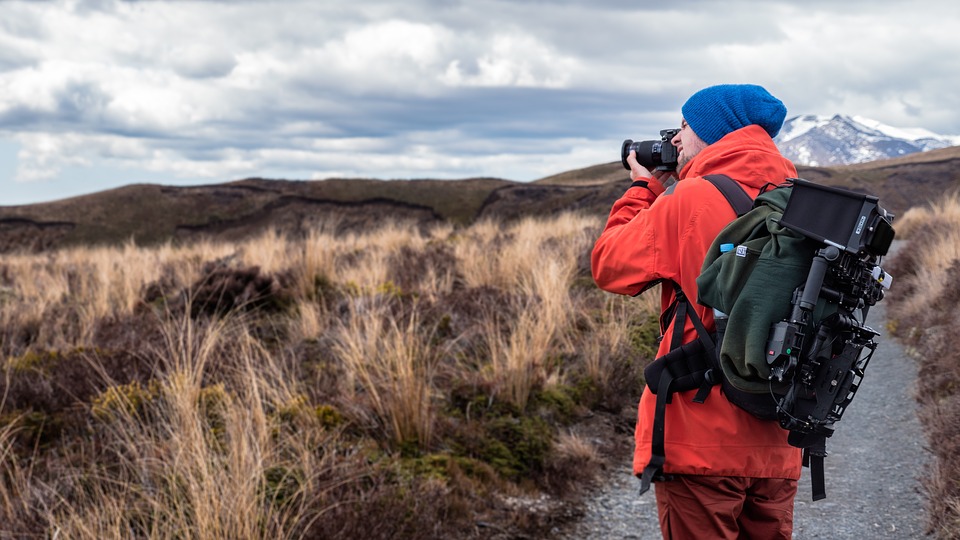Photographers are always looking for the new and interesting subject matter. In order to get noticed, their material needs to be unique so as to capture the viewer’s attention. Ultimately, good photography takes time, effort, and sometimes a little manipulation to get that one great shot.
1. Be in the right place at the right time
Getting the perfect shot takes patience and time. Sometimes you’ll have to be out there early to catch the good light. This is also the time when animals and insects are the most active. Late afternoon before the sun sets is also a really good time to catch the best light.
Visit the same place at different times of the year at different times during the day. The angle of the sun affects the direction of the light and this can change the look of a scene, place, or object. Light and shadows create interesting contrasts which change throughout the day as the sun moves. Pay close attention to this because it will help you take exciting and appealing photographs.
2. Let Nature Come to you
Your presence in nature can scare your subject away, so you need to find a way to attract them so that they stay in the vicinity where you want to photograph them. If you’re trying to capture some deer on film you can put out a deer feeder.
Deer feeders attract deer to a certain spot to eat. This way you can get a closer look at the animals. Your deer feeder needs to be suitable or big enough to accommodate the type of deer that you want to attract. While bigger feeders may attract more deer, the type of food you put out will also encourage certain species more than others. Find a great buying guide for deer feeders with more information on suitable products here.
3. Focus on the Finer Detail
A lot of what happens in nature goes on unbeknownst to you. You have to go and look for these small details that often go unnoticed to reveal its beauty to the viewer. For shooting fine details like this take along a lens that is capable of focusing close-up.
The closer you can get to the subject, the better off you will be. Images of insects going about their day or patterns that can be found in leaves, flowers, and the ground make for interesting and unusual images. It also means that you will get dirty so don’t dress up for these occasions.
4. New Perspectives
Looking straight ahead might be good advice in life, but not when it comes to photography. Don’t just focus on the things in plain sight in front of you. Try changing your perspective and look up and down as well you might just find that perfect shot you’ve been looking for has been staring at you all along.
Look towards the sky for interesting cloud formations and include them in shots of other nature scenes. Compose your shot keeping in mind that hardly anyone likes looking at an uninteresting sky.
Many photographers use the rule of thirds when it comes to photography. Whether it be in a vertical or horizontal sense, basically your subject is never dead center when framing a shot.
If you look down you might find new and interesting perspectives lurking there too. Your goal as a nature photographer should be to show the viewer the world that they are living in ways they’ve never seen it before. Leading lines and vertical perspectives can also give your photographs a unique perspective. Take full advantage of the scenery around you don’t limit yourself.
5. Quantity Will Lead to Quality
You may have the right light, and all the elements for the perfect shot but your photographs turn out being mediocre. That is why it’s important that you snap as many pictures as possible as among those you will find a gem. Some of the best photographs have been unintentional and candid shots.
The conditions change constantly and the light keeps changing and different animals and insects move through your location. If you are not prepared and constantly camera ready, you might miss that magical moment.













